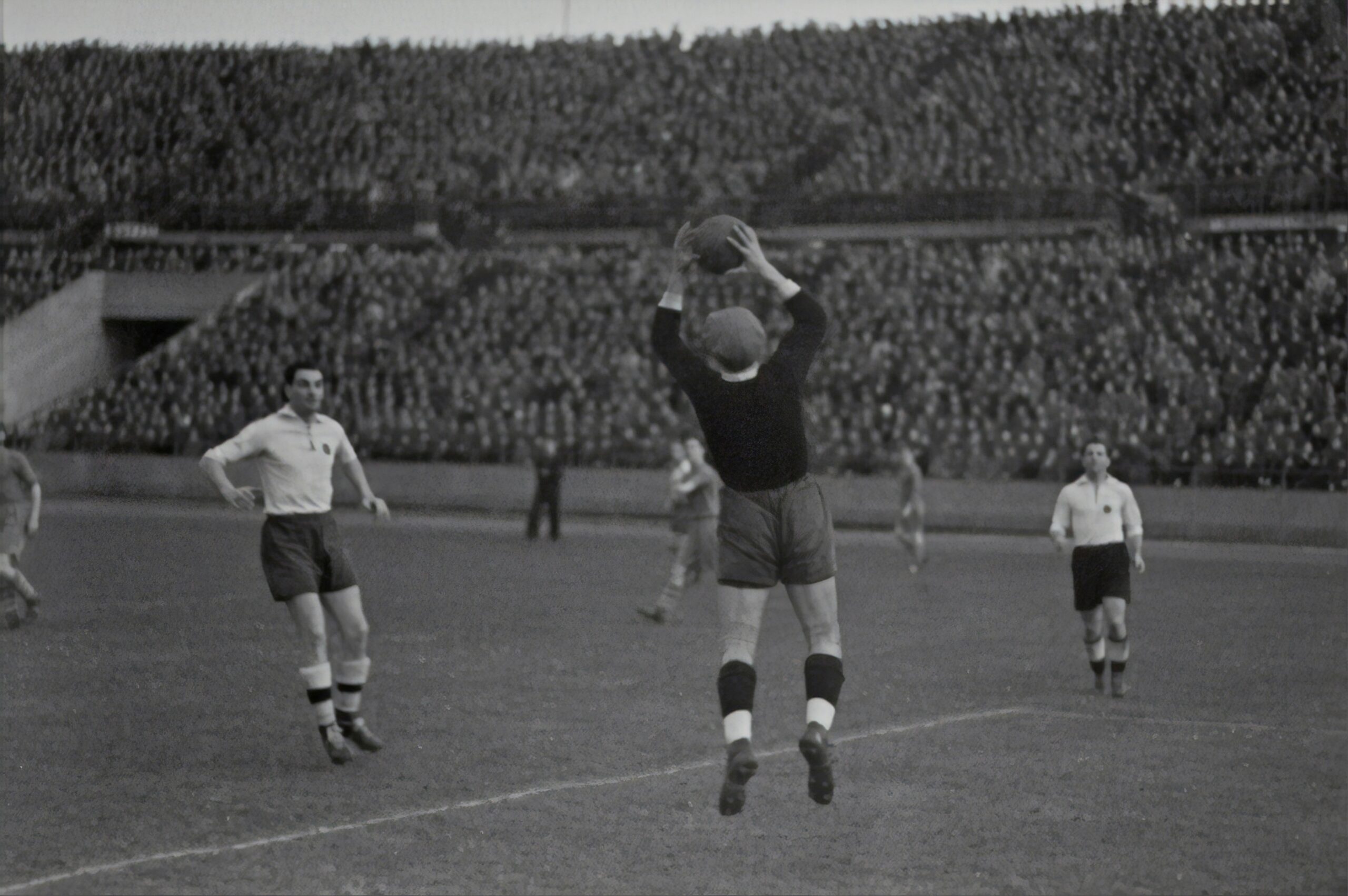

Introduction to sports and their significance in culture
Sports have always been more than just games; they are a reflection of our society, shaping and being shaped by the cultures around them. From ancient rituals to modern-day spectacles, sports serve as a unifying force that transcends language, geography, and even time. They evoke passion and camaraderie among fans while providing an outlet for competition and personal expression for athletes. Whether it’s the thrill of a last-minute goal or the joy of witnessing an underdog triumph against all odds, sports encapsulate human experiences in ways few other activities can.
As we explore the evolution of sports through history, we’ll uncover how these physical contests have not only entertained but also influenced social norms, cultural values, and community identities. Join us on this journey through time to see how sports have shaped—and continue to shape—our culture today.
Ancient civilizations and their influence on the development of sports
Ancient civilizations laid the groundwork for many sports we enjoy today. The Greeks, for instance, celebrated athleticism through the Olympic Games. Held every four years, these games honored Zeus and highlighted various competitions like wrestling and chariot racing.
In ancient Egypt, physical prowess was also essential. Egyptians engaged in a range of activities such as archery and swimming. These pursuits were not merely entertainment; they reflected societal values around strength and skill.
Similarly, Mesoamerican cultures showcased their own unique sports. The Mayans played a ball game called Ōllamaliztli that held significant religious importance. Winning symbolized favor from the gods.
These early practices shaped modern athletics by instilling competitive spirit and ritualistic elements into sport. Their cultural significance continues to resonate today as we celebrate both individual achievement and community engagement through sporting events.
The rise of organized sports in the Middle Ages and Renaissance
The Middle Ages marked a significant shift in the world of sports. From informal games to more structured competitions, this era laid the groundwork for organized athletics. Tournaments became popular, bringing knights together to showcase their skills.
Jousting and melee battles captivated audiences. These events were not just displays of strength but also opportunities for social gatherings and festivity. The rise of guilds and towns fostered local rivalries that added excitement to these contests.
As the Renaissance unfolded, interest in humanism influenced sports too. Physical fitness began to be viewed as essential for a well-rounded individual. This emphasis on health led to new rules and formats, further refining competitive practices.
Universities started establishing formal athletic programs during this time. This evolution helped solidify sports’ place in society, making them an integral part of cultural life across Europe.
The impact of colonization on the spread and popularization of sports
Colonization played a pivotal role in the development of sports across the globe. As empires expanded their reach, they brought their games with them, introducing new athletic activities to diverse cultures.
British colonizers, for instance, spread cricket and football throughout India, Australia, and Africa. These sports took root in local communities and evolved into national pastimes.
Conversely, indigenous games were often marginalized or adapted under colonial rule. Traditional practices fused with foreign techniques. This blending created unique variations that continue to thrive today.
The establishment of clubs and organized competitions facilitated the rise of sport as a unifying force. Sports became more than just entertainment; they transformed into symbols of identity and resistance against oppressive regimes.
As countries gained independence, many embraced these imported sports while also revitalizing traditional forms. The legacy left by colonization is visible today in global sporting events that celebrate both heritage and modernity.
Industrialization and modernization leading to the professionalization of sports
The Industrial Revolution fundamentally transformed society. Cities grew, and populations surged. With this came a new demand for leisure activities.
As people worked long hours in factories, they sought entertainment outside of their grueling routines. Sports emerged as a perfect solution to fill that void. Local teams began forming, drawing communities together through friendly competition.
Modernization brought organization to the chaos of informal play. Rules were standardized, and leagues were established. This shift laid the groundwork for professional sports as we know them today.
Athletes who once played for fun now had opportunities to turn their passion into a career. The allure of fame and fortune attracted talented individuals from diverse backgrounds.
Television further propelled this transformation by bringing sports directly into homes across the globe. Fans could now watch their favorite teams without leaving their couches—creating an exhilarating culture around professional athletics that continues to thrive.
Sports in the digital age: how technology has changed the way we play and watch
The digital age has ushered in a transformative era for sports, reshaping both how we engage with them and how they are experienced. With the rise of social media platforms, fans now have instant access to highlights, stats, and live interactions with athletes. This connectivity fosters a sense of community among followers who share their passion online.
Streaming services have also revolutionized viewing habits. Gone are the days when viewers were tethered to television schedules; now they can watch games on-demand from anywhere in the world. This flexibility has broadened audiences and enhanced global fan engagement.
Moreover, technology has influenced athletic performance itself. Wearable devices track metrics like heart rate and distance covered during training or competition. Coaches utilize data analytics to develop strategies that optimize player performance and team dynamics.
Virtual reality is another frontier changing how athletes train and fans experience sports events. Immersive environments allow players to practice scenarios without physical risk while providing spectators front-row experiences from their homes.
As sports continue adapting alongside technological advancements, our relationship with them deepens. The evolution reflects not just changes in play but shifts in culture—how we connect, celebrate victories, process defeats, and unite over shared interests transcending geographical barriers.
